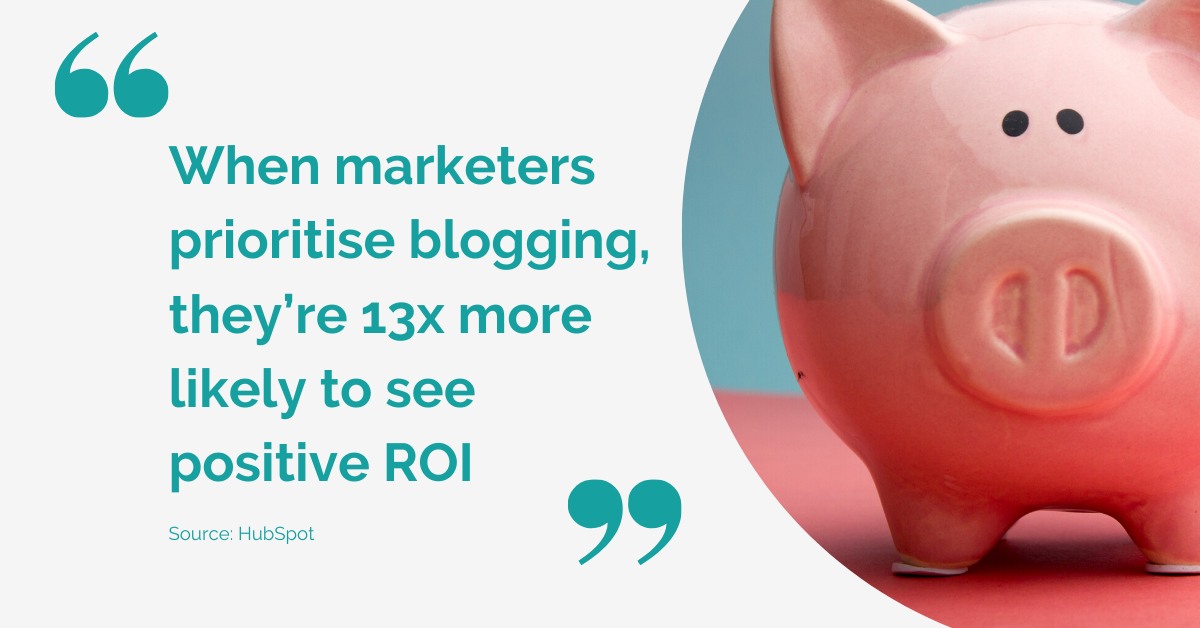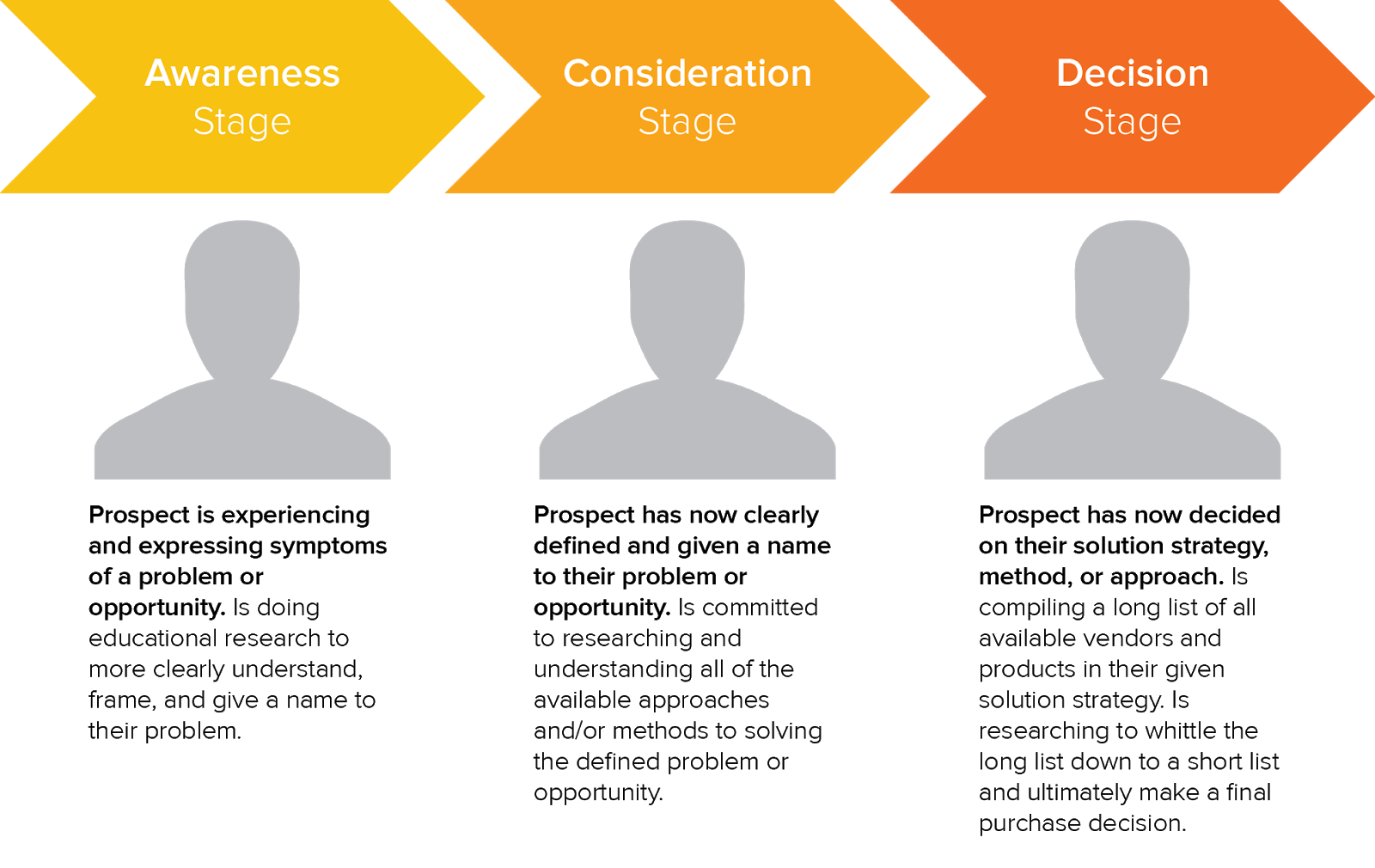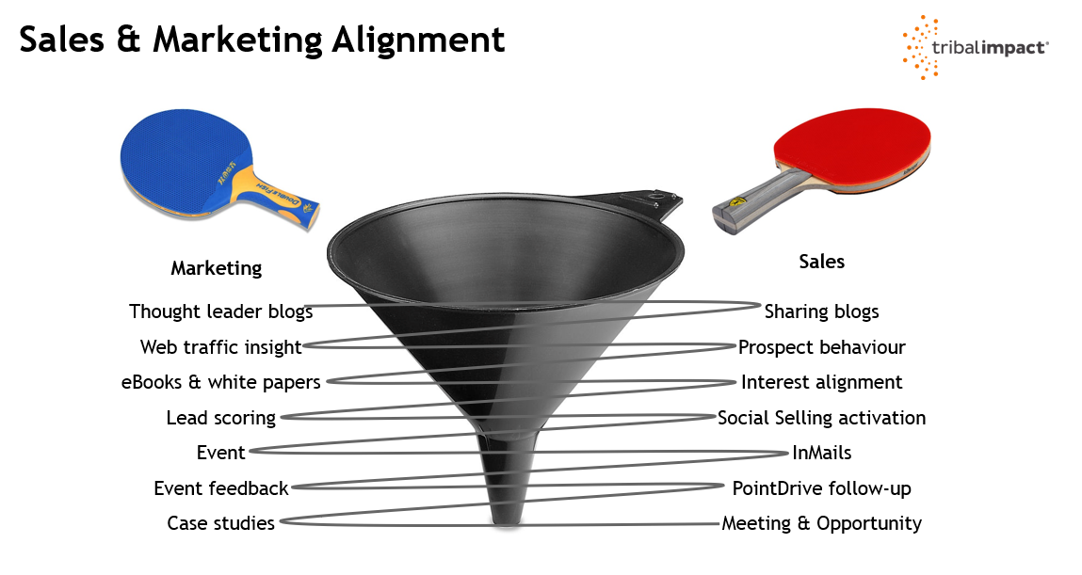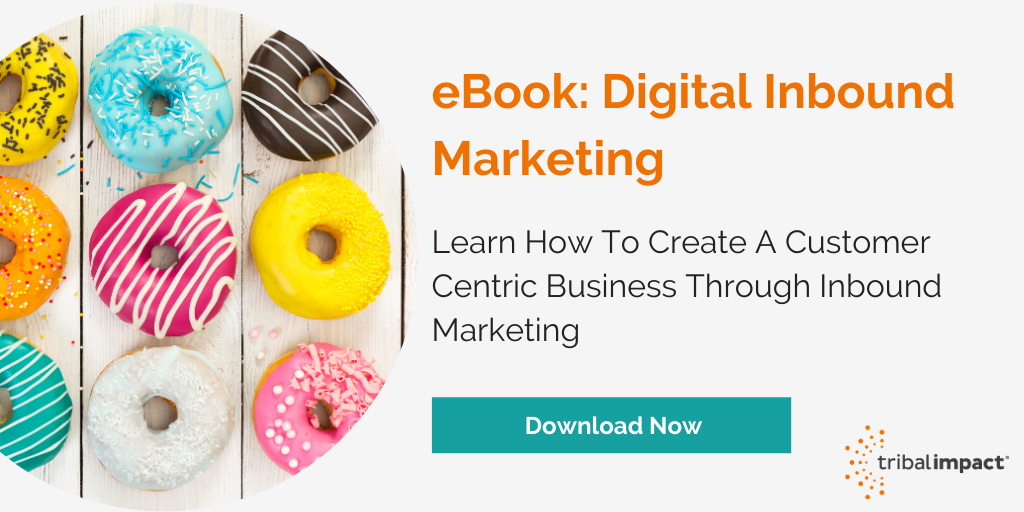72% of marketers say that a good content strategy is key to their success. When marketers prioritise blogging, they’re 13x more likely to see positive ROI. This goes to show the power of content marketing when done right. However, many companies – particularly within the B2B space – get it wrong.
For B2C companies, it’s easier. They focus their marketing efforts on the product their problem solves. Prospects who need that problem solving can then decide, using this content, if it’s for them.

Where B2B Goes Wrong With Content Marketing
Many B2B companies still focus their content marketing efforts on themselves: it’s all about product launches and how great their products are. They may or may not use ideal customer profiles or buyer personas, but they’re not really thinking about what those people need if their marketing focuses on themselves.
Content marketing is all about the consumer whether that’s in B2C or B2B. When selling to large organisations, it can be easy to forget that it’s one person who will often initiate the decision-making process and have to get other people onboard. They’re much more likely to put a helpful brand’s name forwards as they’ll value it 2.8x more than a brand that just tries to sell to them.
The key difference between traditional marketing and content marketing is that the latter is all about helping prospects and customers first. It has nothing to do with the company itself and everything to do with advice and problem-solving.
A HR tech company might write about wider HR trends or offer advice on common HR problems, for example. This type of content isn’t directly related to the product, but it builds the company’s name as thought leaders within the HR tech space, helping to build trust with prospects and fill the pipeline too.

This consumer-focused content helps to bring prospects into the awareness stage. Here, there should be no focus on the company that created the content. This is a key introductory stage. Going into the awareness stage and focusing on the brand or products first is like introducing yourself to someone at a networking event and talking about how great you are.
Some people won’t mind, but some people will be put off and less likely to want to connect with you again.
This stage is all about laying the groundwork for building relationships that will lead to sales, up-sells, and even referrals. Without this stage, even if prospects do turn into customers, there won’t be the same sense of loyalty that comes from a well laid out nurturing sequence.
The other stage that companies often forget is the post-sale stage. Sometimes this is because of a lack of time or resources, other times it’s because they don’t see the benefits.
They’re much the same as that of the awareness stage, though – an effect post-sales sequence builds relationships with customers that makes them more likely to stay and recommend the company to their network.
No form of marketing is more powerful than recommendations from someone we know, which is why nurturing prospects at this stage can make a big difference.
What Should B2B Do With Content Marketing?
The first step should be to get sales and marketing to align with the same goals, whether that’s leads, sales, or revenue. When everyone is working towards the same goals, it’s easier to generate content ideas.
Once the content goals have been decided, look at how they tie in with the ideal customer profile and buyer personas. What do they want to know at each stage? How can each piece of content guide them into the next stage?
The old model of MQLs leading to SQLs isn’t as effective as it used to be. That’s because customers don’t buy linearly anymore. They might research content on the website first, get in touch with sales, share some content with a colleague, have a meeting with sales, read some more content on the site…this cycle can go on for several months, even several years in some B2B spaces.
That’s why having content that falls into awareness, consideration, decision, and post-sale is so important. You never know which stage of the sales cycle someone will discover your content at, or need to find reference to.

Having content for multiple stages also helps people who are trying to show their colleagues the benefits of a software without them needing to contact sales every time.
If they’re in the early stages of the funnel or a company that has a lot of decision-makers involved, this is particularly beneficial. A well-placed testimonial or a case study showing the true value of a product or service can make a big difference to converting a sale.
Sales reps are often seen as the way to convert prospects into customers, but in recent years, they’ve become a way to convert prospects into sales. Some people simply don’t want to involve sales teams before purchasing.
There’s too much of a misconception that sales means being pushy or interruptive. Giving prospects the option to not speak with sales frees the team up to work with those that do want or need help.
If a person reads more than thirty pages on a website, there’s an 80% chance that they’ll convert. If they reader fewer than thirty, there’s a 20% chance that they’ll convert. Having plenty of content – and the right kind of content – therefore makes a huge difference to a sales cycle.
Once they have converted, what happens next is key. It shouldn’t be that they’ve purchased and now that they’re committed and money has changed hands, they’re forgotten.
An effective nurturing sequence can involve asking them to follow the brand on social media; introductions to key employees such as their account manager; demonstrating how best to use the product or service with videos or walk throughs.
These steps make new customers feel valued. They also prevent the feeling of overwhelm that can sometimes come with technical, complicated, or in-depth products that leads to churn.
Content marketing helps with every stage of the sales and marketing funnel. However, it works best when sales and marketing goals align.

The core component of content marketing is putting customers at the centre and working out what they need to know to move into the next stage of the funnel. This information can then be used to inform a content strategy that will benefit every part of the business.
Follow us on social!

